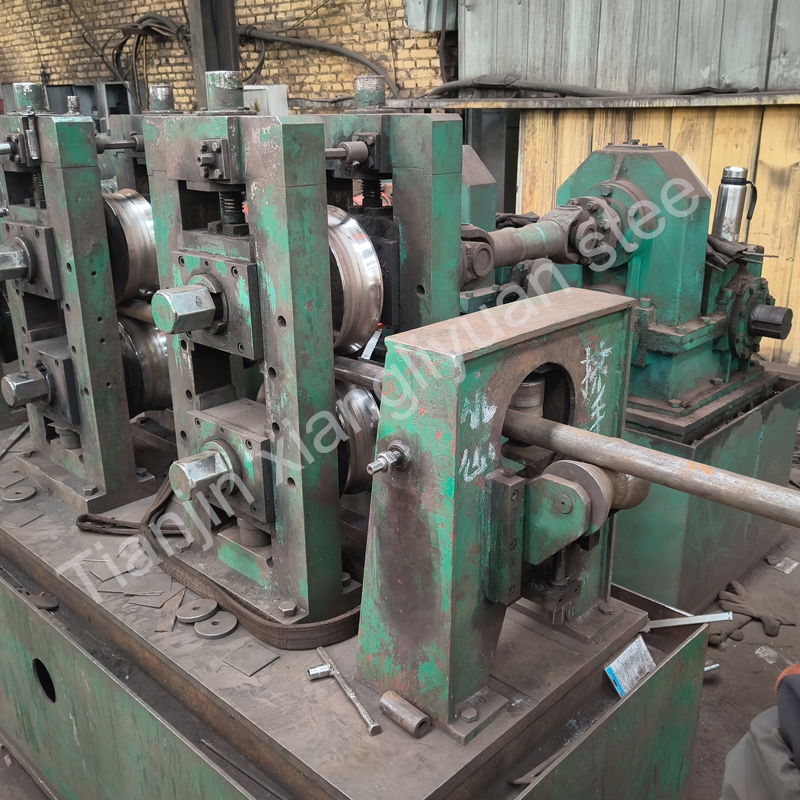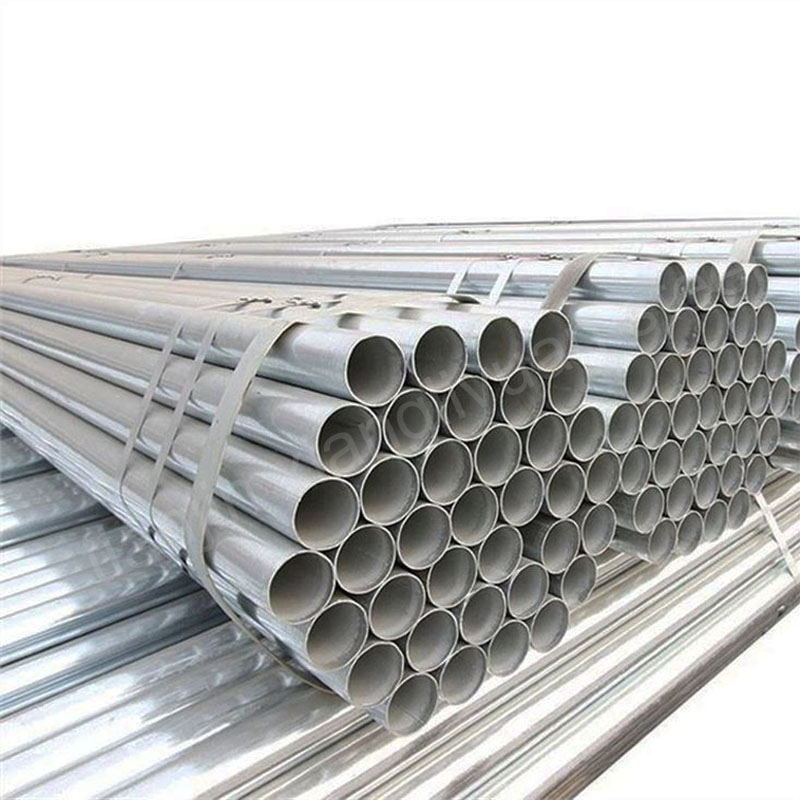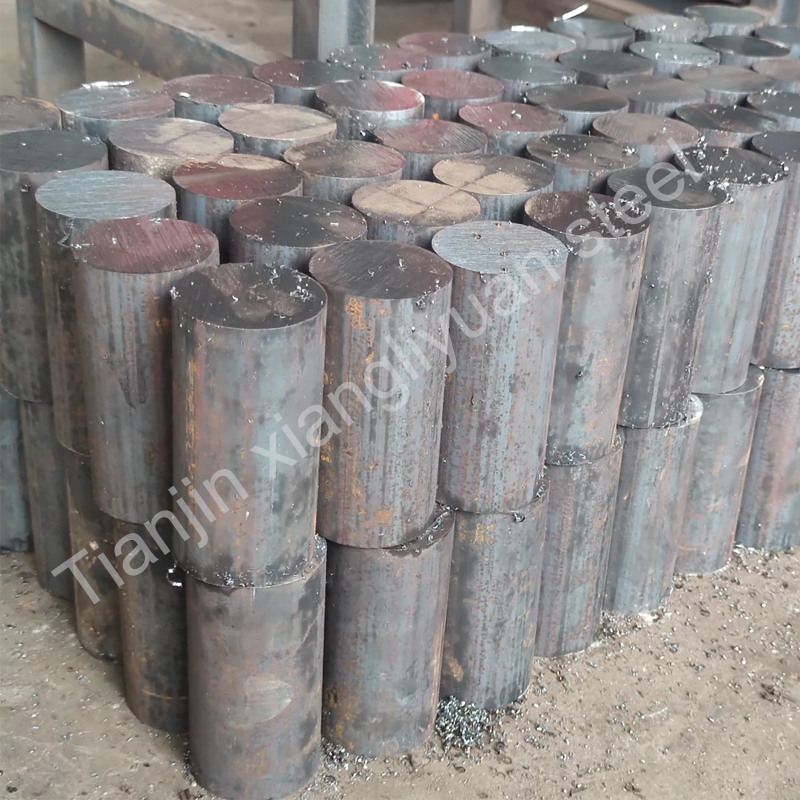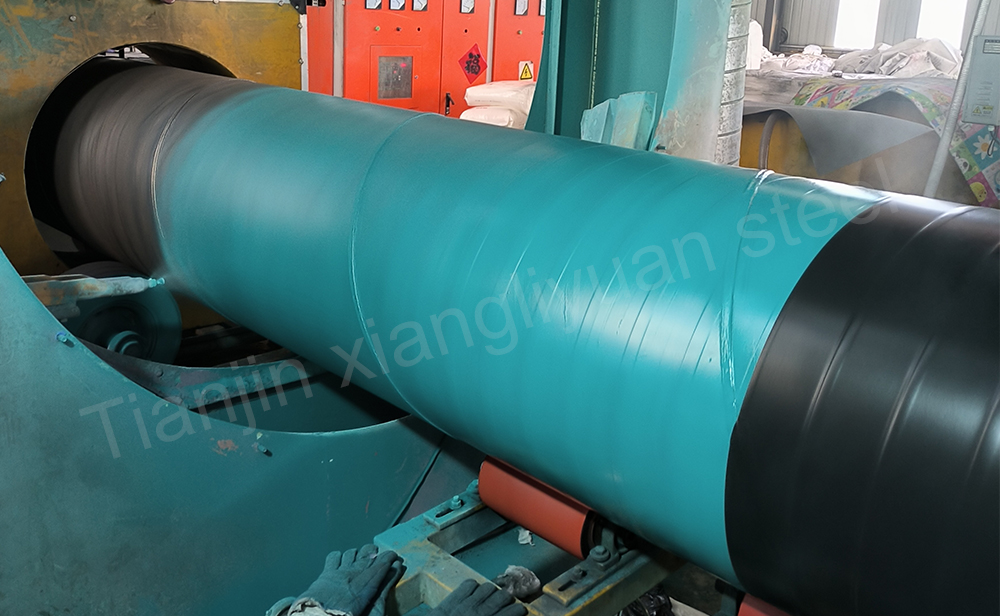How to change round seamless steel pipe into square steel pipe?
Processing round seamless steel pipes into square seamless steel pipes is a common process requirement, which is usually used to meet specific engineering design requirements, such as building structures, machinery manufacturing or other application scenarios that require square sections. This transformation process involves a series of process steps and technical parameters, which are described in detail below:
1. Processing process
Material selection and preparation
First, it is necessary to select suitable round seamless steel pipes according to the specifications and uses of the final square steel pipe. When selecting materials, factors such as material strength, toughness and surface quality should be considered to ensure that the performance of the final product meets the requirements.Cold drawing or cold rolling
The round seamless steel pipe is passed through a special die and gradually formed into a square or rectangular shape by cold drawing or cold rolling. This is a continuous deformation process, and the size of the die will gradually decrease to avoid material cracking or stress concentration.
Cold drawing or cold rolling has the characteristics of high precision and good surface finish, but has high requirements for the plasticity of the raw materials and equipment.
Hot working forming (optional)
For large-sized or thick-walled steel pipes, hot working processes can be used. The round pipe is heated to a certain temperature (usually a recrystallization temperature above 900°C) and then extruded through a square die.
The advantage of hot working is that it has low deformation resistance and is suitable for large-size steel pipes, but it is easy to cause surface oxidation and requires subsequent treatment.
Straightening and sizing
During the forming process, the steel pipe may bend to a certain extent, which needs to be corrected by a straightener.
At the same time, the steel pipe length is cut to a fixed length according to customer needs.
Heat treatment
In order to eliminate the internal stress generated during the processing and improve the comprehensive performance of the material, the steel pipe is usually annealed or normalized.
The heat-treated steel pipe has higher dimensional stability and mechanical properties.
Surface treatment
Remove the oxide scale or impurities on the surface. Common methods include sandblasting, pickling or anti-rust paint to improve the appearance quality and corrosion resistance of the product.
2. Dimension requirements and restrictions
When changing a round seamless steel pipe to a square seamless steel pipe, the dimensional design needs to meet the following requirements:
Relationship between the original round pipe diameter and wall thickness
The outer diameter (D) and wall thickness (t) of the round steel pipe must match the target square section to ensure that the material is not overstretched or compressed during the forming process.
Generally, steel pipes with a smaller outer diameter to wall thickness ratio are more suitable for forming processing.
Target square section size
There is a certain limiting relationship between the side length (A) of the square section and the diameter (D) of the round tube. Generally, the side length A ≈ 0.8D.
The ratio of side length to wall thickness also needs to be within a reasonable range (usually 20~50) to avoid deformation of thin-walled steel pipes or excessive difficulty in processing thick-walled steel pipes.
Dimensional tolerance and surface quality
The dimensional tolerance of square steel pipes must comply with relevant standards (such as GB/T 3094-2012 or customer requirements). Usually, the side length tolerance is within ±0.5mm and the angle deviation does not exceed ±1°.
There should be no obvious scratches, pits or oxide scale on the surface.
3. Application and precautions
Application field
Square seamless steel pipes are widely used in building structures, machinery manufacturing, automotive industry, transportation pipelines and other fields. Their advantages are good cross-sectional performance and easy installation.
Processing precautions
Ensure the accuracy of equipment and molds to avoid dimensional deviation or cracking during processing.
Before processing, the steel pipe should be fully tested for material properties, including chemical composition, hardness, tensile strength, etc., to avoid subsequent problems.
After hot working, attention should be paid to the cooling speed to avoid excessive cooling that may cause embrittlement of the material.
Cost and economy
The cold drawing process is suitable for small batches and high precision requirements, and the cost is relatively high.
The hot working process is suitable for mass production, but it has high requirements for energy consumption and post-processing.
Through scientific and reasonable process design and strict quality control, round seamless steel pipes can be efficiently transformed into square seamless steel pipes to meet the application needs of different engineering fields.






